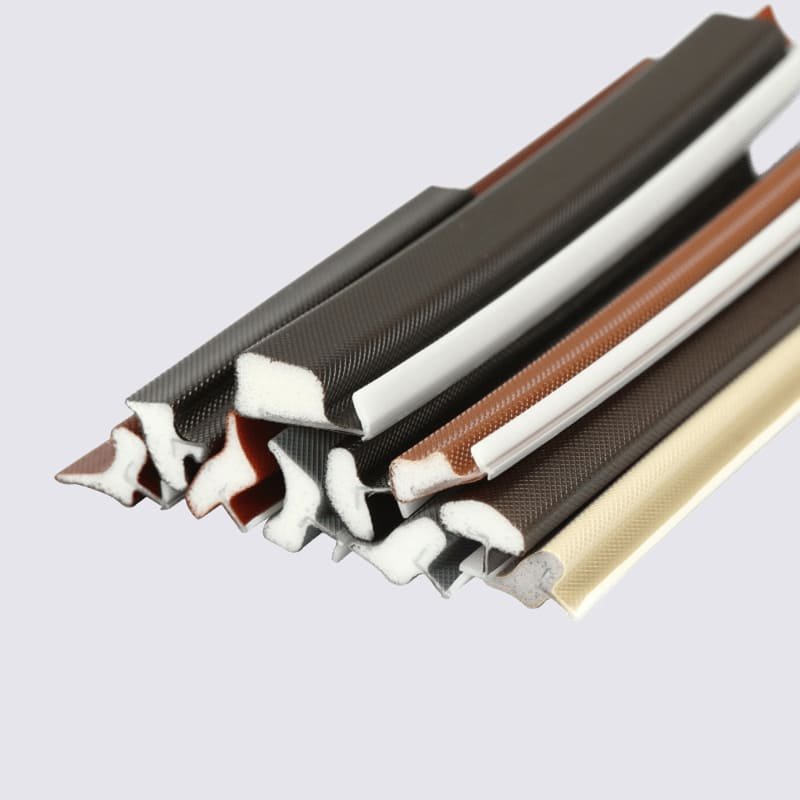Why Importing silicone hose From China
When sourcing your silicone hose suppliers overseas, the first question is: which country should I source my product from?
Don’t worry. I’m not going to bore you with reasons like “China makes the product at low cost”.
1.1) Which Country Is The Top Exporter Of silicone hose In The World?
I’d go straight to the answer, yes, China is the world’s largest exporter of silicone hose, exporting $1.02B in 2018, accounting for 22% of the world total.
import silicone hose From China
1.2) Which Country Is The Top Importer Of silicone hose In The World?
Similar to what happens with other products, the U.S. is the world’s largest importer of silicone hose, with annual imports of about $670 million, which is 15.1 percent of the world’s total.
1.3)silicone hose From China
✅High temperature resistant
Continuous use temperature range: -60℃~260℃, High-temperature resistance: Silicone hoses can withstand much higher temperatures than rubber or nylon hoses, making them ideal for high-performance or racing applications.
✅Chemical resistance:
Silicone hoses are highly resistant to chemicals and fluids commonly used in automotive applications, such as oil, coolant, and fuel. Harmless, non-toxic, and tasteless
✅Durable And Maintenance-Free
silicone hoses are durable and do not have aging problems. Ozone resistant, UV resistant. Radiation resistance and other characteristics
2. Do car silicone hoses come in several different materials?
Yes, car radiator hoses are made from a variety of materials, each with its own set of advantages and disadvantages. Here are some of the most common materials used to make car radiator hoses:
Rubber: Rubber hose is the most common material used to make car radiator hoses. It is flexible, durable, and can withstand high temperatures and pressures. However, rubber hoses may deteriorate over time and may not be as resistant to chemicals and other fluids.
Silicone: Silicone hoses are becoming increasingly popular in performance and racing applications. They are more durable than rubber hoses, can withstand higher temperatures and pressures, and are resistant to most chemicals and fluids. However, they are typically more expensive than rubber hoses.
Stainless steel: Stainless steel hoses are typically used in high-performance or custom applications. They are extremely durable and can withstand high temperatures and pressures. However, they are typically more expensive than rubber or silicone hoses. custom applications. They are extremely durable and can withstand high
Nylon: Nylon hoses are lightweight and durable, and they can withstand high temperatures and pressures. They are typically used in racing applications where weight reduction is a priority. However, they may not be as flexible as rubber or silicone hoses.
When choosing a radiator hose material, it is important to consider factors such as the application, temperature, pressure, and chemical resistance requirements of the vehicle. A high-performance or racing application may require a more durable or temperature-resistant material, while a standard commuter vehicle may be fine with a basic rubber hose.





